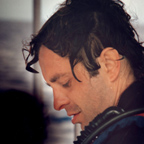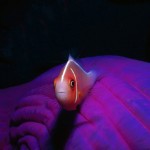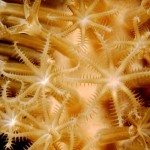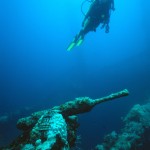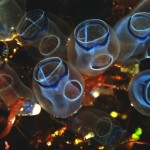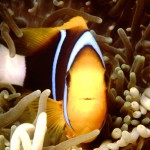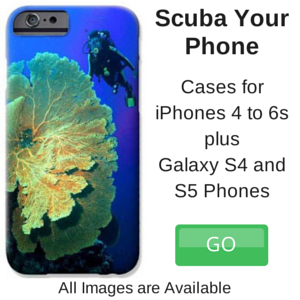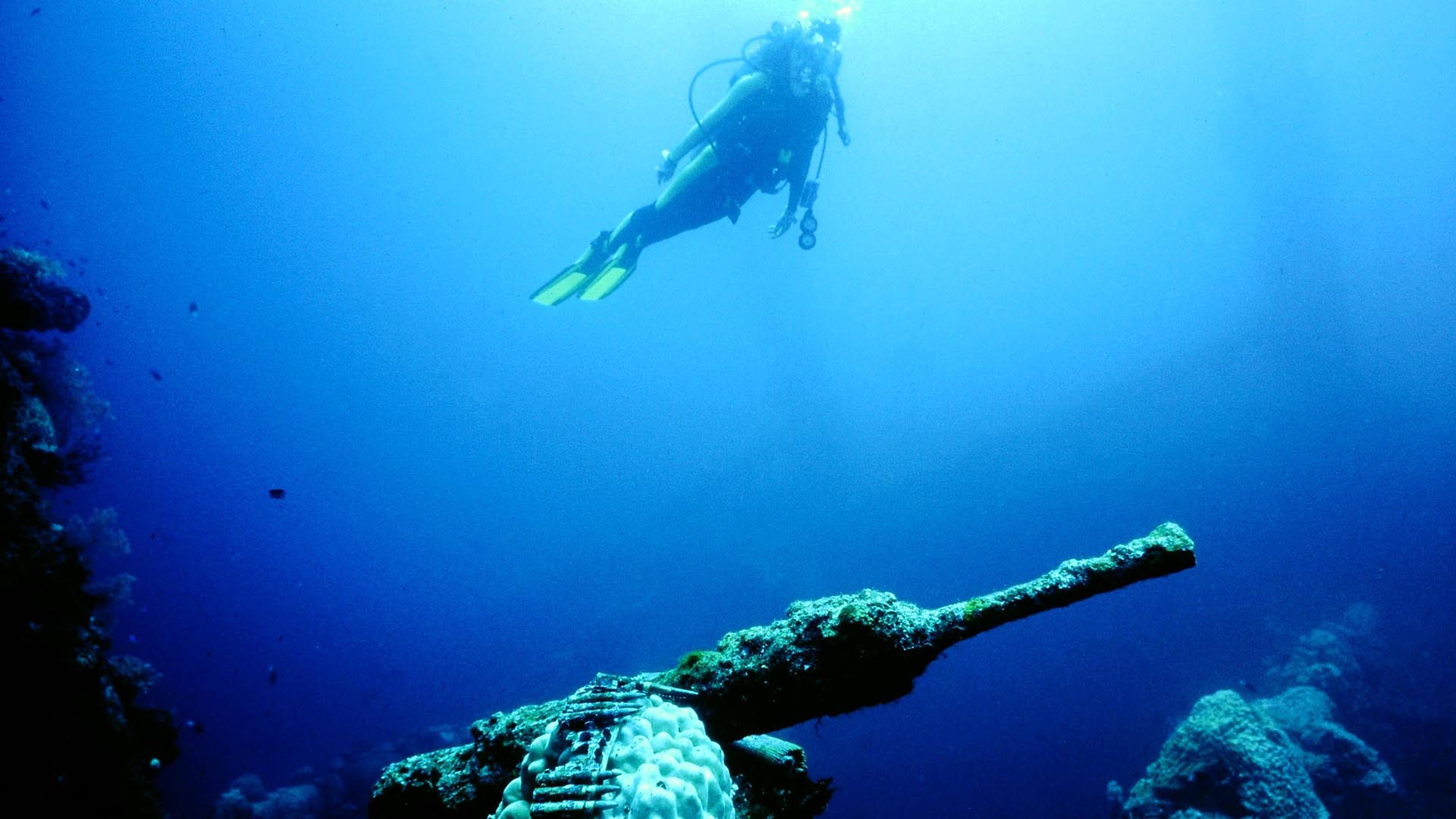
Get the Lead Out!
Before you even get in the water, check that weight belt. Do you really need all that extra tonnage? Achieving and maintaining neutral buoyancy is crucial in getting good, clear images. Plus, it’s a lot easier on the sea life. Not only are you shooting in a clear plane of site, but landing on, resting on, and shifting around on coral damages and even kills it. Let’s not forget that all coral are living animals and let’s respect their right to maintain their place in the ocean’s eco-system.
How much weight should you have?
As much as it barely allows you to get beneath the waves. Through the years, I also got into the bad habit of having more weight than I needed. As I became more experienced and saw the benefits, I took on less weight. On my last dive, I went down with 2 lbs. I had a one pounder in each of my two BC pockets. I don’t even wear a weight belt. There is a minimal amount of effort to initially get under. But once all the superfluous air gets squeezed out of the many crevices in the dive gear, you are in for some enjoyable, beneficial diving and photographs. Modern day BC’s have pouches designed into the device specifically for weights.
What are the benefits?
Simple, clear water! Clear water means clear pictures. You are able to put yourself in just about any position to get that great picture. Once, on a shore dive off St. Lucia, I decided I wanted to shoot a role on some seahorses that resided off shore. After about 10 shots, it felt like I was in the middle of a snow storm. A rather large fellow/diver decided to come by me to see what was so interesting. This man seemed to think he needed 14 lbs of weight. His BC resembled a hot air balloon. Still he had to fight to get off the bottom, thus kicking up everything imaginable. Yet he lacked the common sense to realize that he was over weighted and just destroyed my photo opportunities for the day. If you have to inflate your BC that much to achieve neutral buoyancy, your have to much lead on your belt.
Want more bottom time?
“Shed the lead” and struggle less under water. Fact! More exertion uses more oxygen. Extra weight creates extra “drag”. By the way, this big gentleman referenced above, always used to be the first one back on the boat. This scatter doesn’t always go away. I remember diving off the Bahamian island of San Salvador before it became a popular dive destination back in the 80’s. Revisiting the island a few years later, all the dive sites could have had one name…Snowfields. Everything that got kicked up ultimately settled on the coral and sponges, impacting one of the most pristine dive destinations of its time. But San Salvador is still a great dive destination.
Scatter
A Morish Idol photographed with scatter versus the one in clear water. The end result is obvious as to which is the more desirable image. 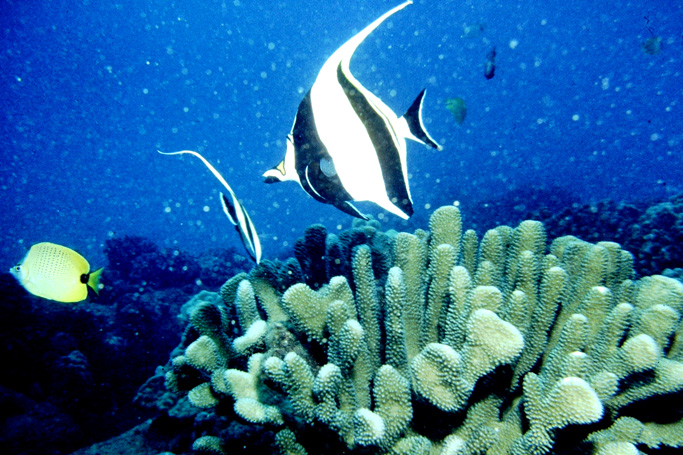 Scatter can mess up that good picture. What causes it? As the particles of sand and other elements gets kicked up, it doesn’t have to be in large quantities to mess with your picture. Just a few particles can accomplish this. The strobe fires, light bounces off the particles and back into the lens. Some particles are large enough to even create lens flares. Unless you are proficient in Photoshop, there is no saving your picture. If you are proficient in Photoshop, be prepared to spend hours cleaning up your photos. In this photo, not only is there scatter, a fish next to the main subject has turned away from the camera and illustrates perfectly a comment of mine in another post about some fish having very narrow profiles.
Scatter can mess up that good picture. What causes it? As the particles of sand and other elements gets kicked up, it doesn’t have to be in large quantities to mess with your picture. Just a few particles can accomplish this. The strobe fires, light bounces off the particles and back into the lens. Some particles are large enough to even create lens flares. Unless you are proficient in Photoshop, there is no saving your picture. If you are proficient in Photoshop, be prepared to spend hours cleaning up your photos. In this photo, not only is there scatter, a fish next to the main subject has turned away from the camera and illustrates perfectly a comment of mine in another post about some fish having very narrow profiles.
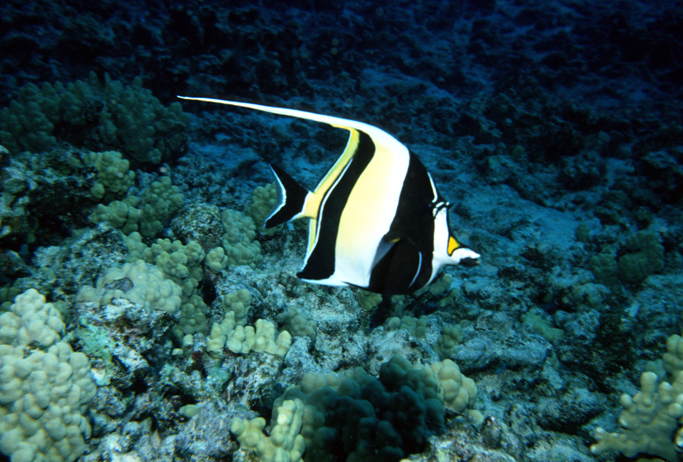 Here is a photo of a Morish Idol without scatter. Which one do you like better? Clear water makes for clear pictures. It may take a minimal amount of trial and error to get to the proper weight you should carry, but you will most certainly enjoy your time underwater and stand in good favor with all the photographers. Enjoy your dives!!!
Here is a photo of a Morish Idol without scatter. Which one do you like better? Clear water makes for clear pictures. It may take a minimal amount of trial and error to get to the proper weight you should carry, but you will most certainly enjoy your time underwater and stand in good favor with all the photographers. Enjoy your dives!!!


